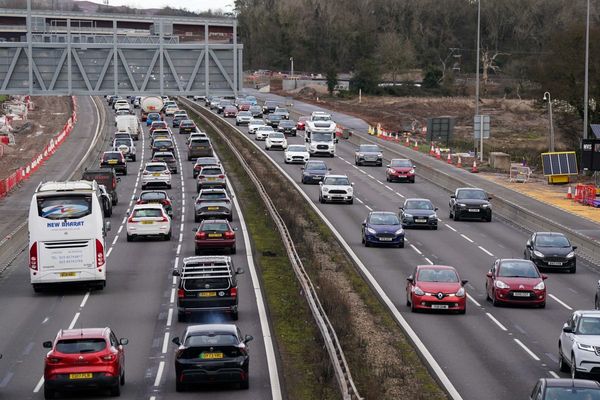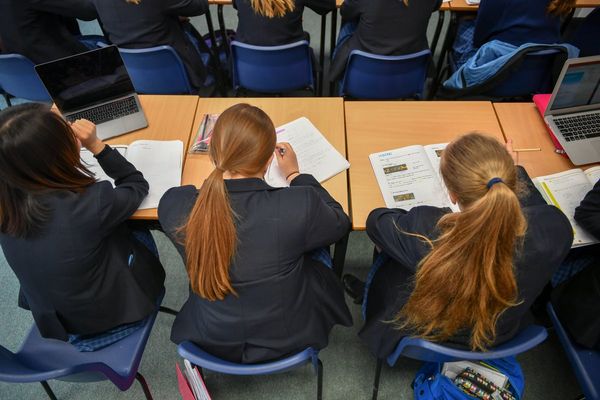
According to many in the media, the one box that next week’s budget needs to tick is that it isn’t inflationary. Which means there must be a surplus for 2024-25.
Last year Labor’s second budget was attacked by the media and the Liberals for adding to inflation. With only two months left in the financial year, that now looks like so much rubbish. It’s likely that Treasurer Jim Chalmers will rack up his second surplus in a row, while since June 2023, inflation has fallen from 6% to 3.6%.
In fact over the course of two budgets and 12 interest rate rises since being elected, Labor’s macro-level economic management has been very strong. The $40-50 billion deficits forecast by the Coalition in its last budget have been replaced by what will likely be two surpluses, while 4% unemployment in May 2022 is currently 3.8% despite higher participation and wages growth finally becoming respectable again.
Key to the surpluses, of course, have been massive tax revenue upgrades along with lower spending on unemployment. But in a background note on the weekend, Chalmers warned that the big revenue increases that characterised the October 2022 and May 2023 budgets were coming to an end. Next week will, we were told, identify revenue upgrades of around $25 billion over the forward estimates from previous forecasts — a fraction of what Chalmers has enjoyed previously.
“While a surplus remains within reach for 2023-24, the budget position for following years is likely to be weaker compared to [the Mid Year Economic and Fiscal Outlook, in December] as a result of smaller revenue upgrades,” is the official line.
After revising an expected 2023-24 deficit down to zero, MYEFO forecast a $19 billion deficit for 2024-25, down from nearly double that this time last year. The last Coalition budget had next year’s deficit at $47.1 billion. That’s not a point about the Coalition’s fiscal indiscipline but about the danger of taking forward estimates too seriously. Much of the commentary next Tuesday night and next Wednesday will be about the deficits of 2025-26 and beyond, and their inflationary impact, when the only real issue at this point is the final result for 2023-24 and the projected result for 2024-25 (we can’t really know how stimulatory or contractionary 2024-25 will be until we have a good idea of the size of the surplus for the current year).
That’s especially the case given the current push from the Financial Review and cartoon neoliberals like Steve Hamilton and Warren Hogan for higher interest rates — one that conveniently ignores last week’s March retail sales figures.
“Underlying retail turnover has been flat for the past six months and was up only 0.8% compared to March 2023,” the ABS said about the results. “Outside of the pandemic period and introduction of the GST, this is the weakest growth on record when comparing turnover to the same time in the previous year.”
As AMP chief economist Shane Oliver pointed out in his weekend note, “a resumption of soft retail sales after seasonal distortions and a temporary (Taylor) Swift lift indicate the consumer remains under pressure and that high rates are working to slow demand which will continue to take pressure off inflation. There is not much evidence of an upswing in the Australian economy justifying further rate hikes.”
Oliver pointed out a mix of economic indicators that lead the economy (like building approvals, consumer and business confidence and the yield curve), are coincident with it (like employment and retail sales) or lag (like unemployment and delinquency rates).
“While none are at recessionary levels and leading indicators have become a bit less negative there is no sign of any significant upswing in the economy let alone overheating that may require further rate hikes.”
The ABS’ wider household spending report for March noted that “household spending growth was lower in March compared to the annual growth of 3.2% in January and 4% in February. Cost of living pressures continue with households focusing on non-discretionary spending, while discretionary spending growth has stalled.”
“Growth in spending on services slowed to 1.8% in March, which is the lowest growth rate for this category since February 2021.”
The ABS also spotted deflation in its March quarter CPI analysis a fortnight ago. “Deflation, where prices are lower compared to 12 months ago, has been seen in imported goods including footwear, clothing accessories, furniture and household appliances.” Seeing the Aussie dollar is down 3% this year to date — which should provide upward pressure on import prices — it would seem retailers are finally cutting margins.
The reason for the so-called “sticky inflation” in the quarter came from a big rise in rents — the strongest rise since 2009 — and surging insurance costs, the highest in 23 years.
Why Hamilton, Hogan and the rate-rise-now! crew think still more punitive monetary policy will influence rents and insurance is anyone’s guess. A rate rise will only boost rents even further and will do nothing to lower insurance costs — instead, it will just give insurance companies more money from higher returns from their billions of dollars in Australian government securities.
There’s just as much risk if Chalmers and Finance Minister Katy Gallagher produce too contractionary a budget next week — one that knocks away still more support for demand — as the alleged risk of fanning inflation up again with too much stimulus.







